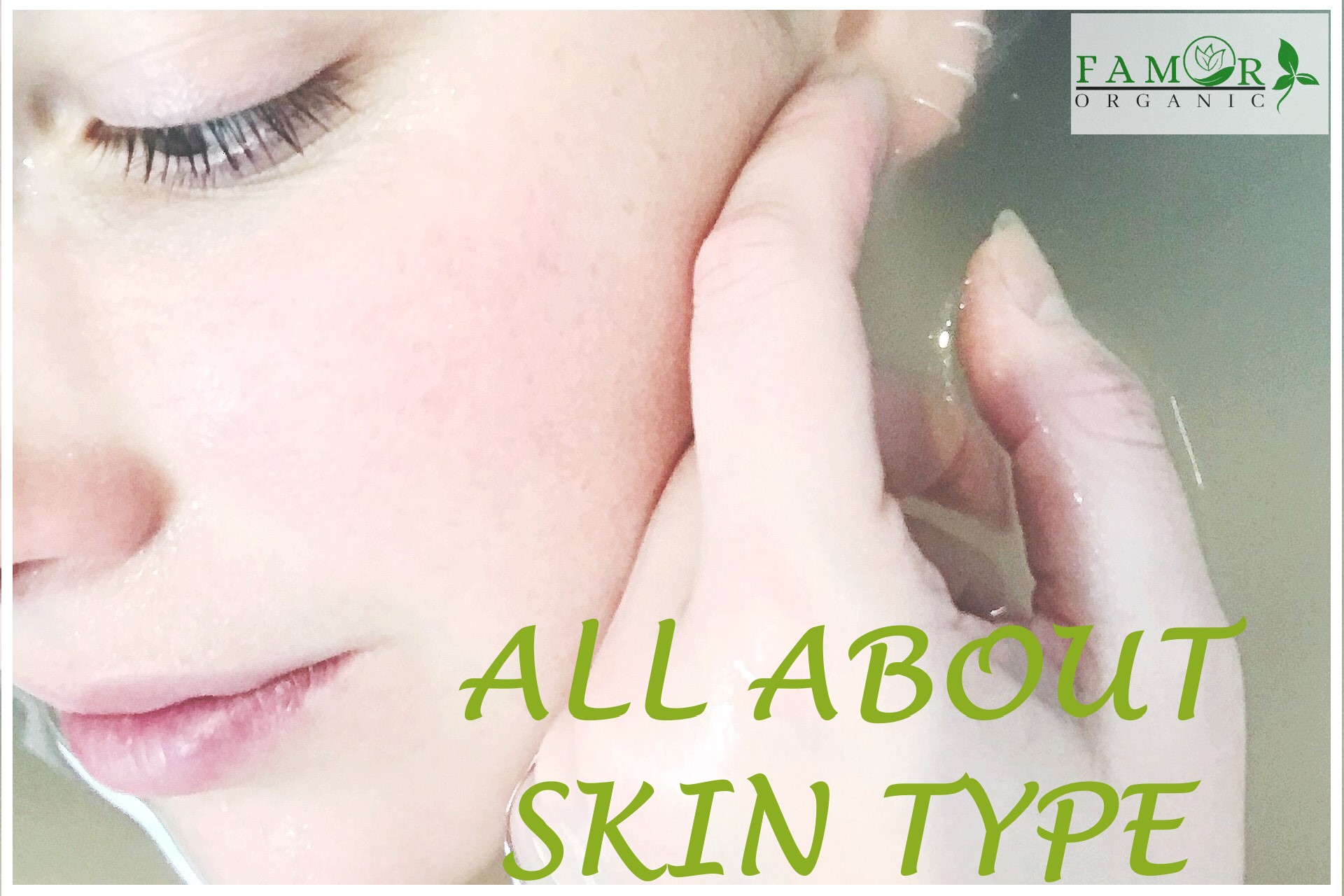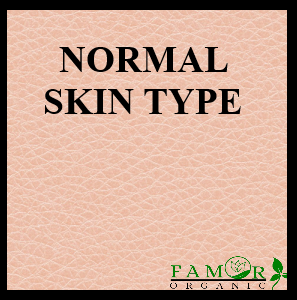
Best Facts – All About Skin Types in 2021
Skin Types have always been a big topic ever since mankind existed and people have always been taking care of their skin for a long time. But before learning how to take care of your skin, one must understand their type of skin.
Although there are only four skin types, not everyone is sure of their skin type. Also, not everyone is aware of the difference between these types of skin. This article will help you in gaining knowledge of types of skin and their characteristics.
What are the four Skin Types?
There are four variations of healthy skin; dry, oily, normal, and combination. Although the skin type depends on genetics, the conditions of our skin can affect the type of our skin immensely. These factors are both internal and external. Some of the external factors include pollution, air quality, temperature, environment, and so on.
Below given are the four Skin Types:
Dry Skin
Dry skin can appear rough and tight and might feel dull. It is a skin type in which the skin has fewer sebaceous glands that produce sebum, the oily/waxy substance. Because of less sebum, the skin lacks the lipids which are required to retain moisture.
This lipid layer is the protective layer against many external influences. Dry skin occurs in varying degrees and is also known as Xerosis. Despite not being easy to distinguish between the severity by naked eyes one can easily feel the difference in their skin.
Statistically, more women are noted to suffer from dryness than men while along with age, skin gets drier for both men and women. Furthermore, dry skin is a major complaint observed by dermatologists in their patients.
Below given are the causes of Dry Skin Types
Moisture in the skin depends upon the water supply in the deeper layers of the skin as well as on perspiration. Also, the skin loses water by multiple processes such as:
- Perspiration: It is the active loss of water done by skin glands because of heat, stress and bodily activities.
- Trans-Epidermal Water Loss (TEWL): It is both a natural and passive way through which our skin diffuses approximately half a litre of water in the deeper layer of skin.
- Lack of Natural Moisturizing Factors (NMFs): Some of the NMFs include urea, amino acid, lactic acid and so on that helps in binding with water. Also, fatty acids, cholesterol and ceramides are types of epidermal lipids that are required for a healthy skin barrier function. Hence, when there are fewer NMFs, the skin barrier function gets compromised

Now let’s look into the severity/degrees of the dry Skin Types
Dry skin has a range from a little drier than normal, very dry skin to extremely dry skin. The difference between these is because of the external and internal factors that work on disruption in the hydrating ability of the skin. And one of the basic symptoms that can be observed is the dryness and cracked soles of the feet.
- Mild dry skin: The elasticity of skin decreases and your skin feels tight, rough, and brittle, and even it starts looking dull.
- Very Dry Skin: If this skin type is left untreated, skin starts forming flakiness or mild scaling in patch form. Skin starts looking blotchy and rough with giving a feeling of tightness. Moreover, there is a possibility of itchiness with such dryness such that you might become sensitive and skin gets prone to redness, infection and so on.
- Extremely Dry Skin: This type of dryness is found more in the elderly and other majorly dehydrated people. Some areas of the body are more prone to extreme dryness, such as feet, hands, elbow, and knees. Also, the skin becomes prone to scaling, roughness, calluses, frequent itchiness, chapping with a tendency to form cracks, and so on.
Oily Skin
Externally, oily skin looks shiny and has visible pores. It is a skin type in which there is excess sebum production by the sebaceous glands. This condition of excretion of extra sebum is known as seborrhea.

Below given are the causes of Oily Skin
When a person has oily skin, skin starts having blemishes. And multiple issues can be a reason behind the overproduction of sebum such as:
- Hormonal changes
- Hormonal imbalances
- Genetics
- Stress
- Medications
Comedogenic cosmetics (a type of makeup that causes irritation to skin)

Now let’s look into the different characteristics of oily skin
Characterization of oily skin is done on the basis of visible and enlarged pores. One of the most basic symptoms of oily skin appears in the form of acne in T-Zone, especially during adolescence. Hence oily skin can be categorised with the following characters:
- Glossy shine
- Thicker skin
- Pale skin
- Enlarged pores
- Visible pores
- Blood vessels might not be visible
Moreover, an oily skin person becomes prone to comedones (whiteheads and blackheads) and many other forms of acne.
- Mild Acne: A person with mild acne, has a significant appearance of comedones on their skin, especially face, and sometimes on back, neck, chest and shoulders.
Moderate to Extreme Acne: In such cases, small bumps without visible blackhead or whitehead, known as papules and medium-sized bumps that have a visible yellow or white dot in the centre. Also, the skin starts becoming inflamed and red.
Normal Skin
Normal skin is a balanced skin that is neither too dry nor too oily. Scientifically, well-balanced skin is known as normal skin and a person who has normal skin is eudermic.

A person with normal skin can have a little oily skin in the T-Zone, that is the area that comes under the forehead, nose and chin. Despite the oiliness, the overall balance of moisture and sebum is neutral in the skin, making the skin neither too oily nor too dry.

Now let’s look into the different characteristics of normal skin
A normal skin person has generally a soft, smooth and velvety texture, and this is a symptom of normal skin. Below enlisted are characteristics of normal skin:
- Good blood circulation
- Fine Pores
- Zero blemishes
- Smooth texture
- Velvety texture
- Soft texture
- Not prone to sensitivity
A thing can be noticed that a person with normal skin can even have dry skin in later ages.
Combination skin
A person with combination skin can feel the difference between their skin on the cheek region and T-zone. Also, as suggested by the name, this skin type is a mixture of different skin types, that is, dry, oily and normal. T-zone can differ from a very slim area to an extended area.

Below given are the causes of Combination Skin
- Oily parts: Oily parts in the combination skin are because of the production of sebum in the skin in abundance.
- Dry parts: The dry part of the skin is because of lipid deficiency and a corresponding lack of sebum.

Now let’s look into the different characteristics of combination skin
- Normal to dry cheeks
- Oily T-Zone
- Enlarged pores, sometimes with impurities
That was all the facts concerning skin and types of skin. Hopefully, the article quenched your knowledge thirst about the skin and its types. Do not forget to write down in the comment section what you want to know more and if you have any query, we would be glad to respond.





